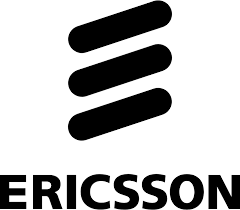
Most of the conversations and articles about 5G typically center around the possibilities of it replacing broadband Internet, or how we can combat the bandwidth limitations of the current LTE services. If you’re looking for some new content, check out the webcast Ericsson’s North America CEO, Niklas Heuveldop, did with the Washington Post recently. He’s joined by Carolyn Lee, who is from The Manufacturing Institute – this is the education and workforce partner of the National Association of Manufacturers, the nation’s largest industrial trade association. Together, they talk about the benefits to manufacturing processes, gaming using virtual cloud consoles (rather than buying new hardware every year), and artificial intelligence. You can also check out the transcript here.
5G smartphones are increasingly available in the US, though for many the speed isn’t much faster than 4G connections. Only 75 cities have deployed the fastest 5G networks on the millimeter-wave bands. About 300 million people in the United States have access to low-band 5G, which has slower speeds, according to Ericsson’s figures. Heuveldop says, “The next 12 to 18 months is really when it’s going to take off. The build-out is underway…and full 5G deployment will be done by 2025.” Just this month, Verizon has expanded its fixed wireless home internet connections on 5G networks to at least parts of 57 US cities as an alternative to wired connections. You basically get a transceiver unit that establishes an over-the-air broadband link with speeds of up to 1Gbps.

